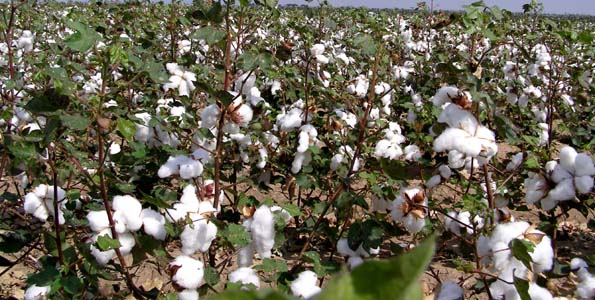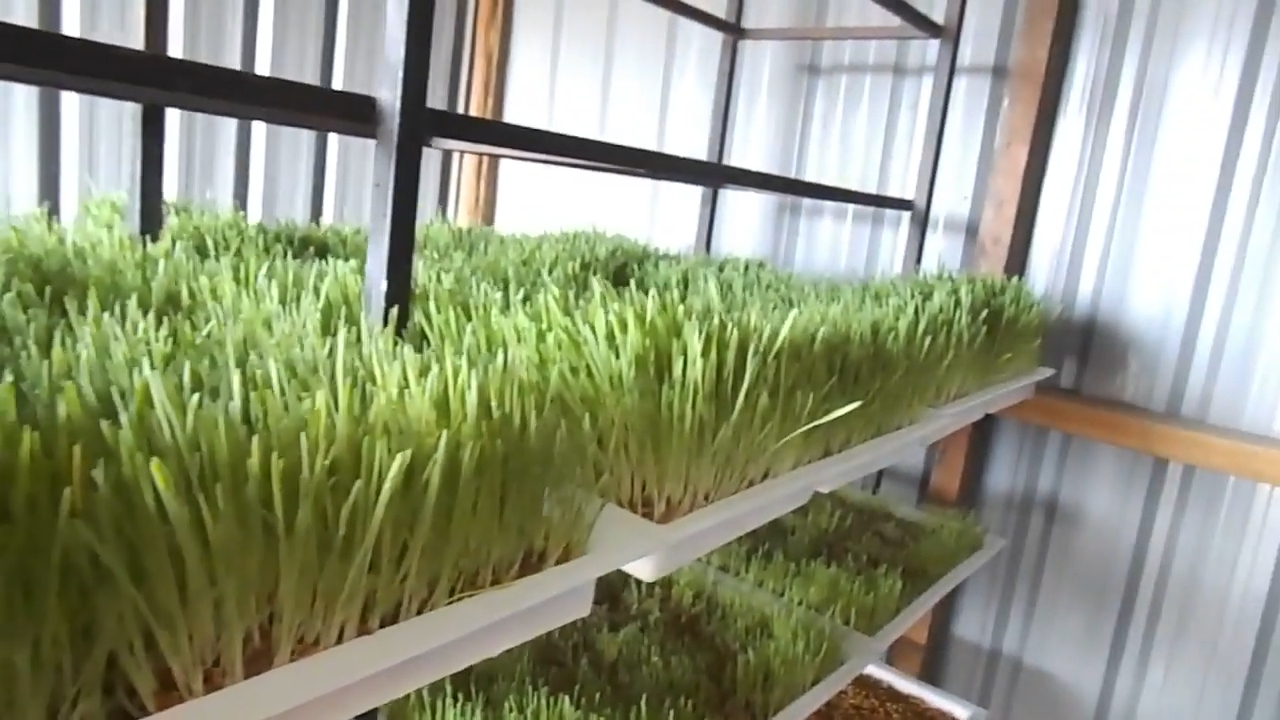
By George Munene
1,000 cotton farmers who receive the country’s first batch, 16.3 metric tons, of the genetically modified Bt cotton seed in March 2020 are reporting a doubling of yields, shorter growth times, and a significant reduction in spraying costs.
BT cotton has a yield potential of 1.4 tons per acre compared to conventional cultivars such as Hart89M which top out at 700 kilograms. While one stem of Bt cotton produces 40 bolls those of non-GMO varieties produce just 15 to 20 bolls. Bt cotton is also heavier to other cotton types when weighed.
“I have harvested far more cotton than I ever have in my six years growing the crop. Flower abortions are at a minimum and it is little affected by diseases and pests such as cotton stainers, African Bollworm and Cotton Semi-looper which previously used to decimate my crops,” explains an elated Dennis Nzioki, a Makueni farmer.
As a convert to Bt he now urges the government to avail the seed which is in high demand to farmers whenever they need it.
Related News: Ginneries rekindle cotton's glory with hybrid variety
Related News: Makueni farmers set to up cotton production with new variety
Through government and private investment, farmers have been buoyed by the revival of the moribund cotton sector: In the 2020-2021 financial year, the Kenyan government allocated Sh200 million to revitalize the country’s cotton sector. This was after the reopening and upgrading of defunct Rivatex East Africa. The Eldoret-based cotton mill now boasts modern cotton refining machinery and has won contracts to produce materials for police uniforms and other state agencies. The ginnery has also had its mills churning in mass production of up to 80,000 facemasks daily.
Private players such as Thika Cloths Mill are also contracting farmers in semi-arid regions of Makueni County, luring them with free seeds and inputs.
In Busia County, the government has committed Sh30M to revive Mulwanda ginnery after issuing more than 3,000 farmers with the BT hybrid cotton
While farmers usually sprayed their cotton crop between nine to 12 times a season, with Bt cotton, this has been reduced to just thrice. This is having multiplier effects for farmers, not only saving on production costs but also on time, energy and leaving them less exposed to harmful pesticides.
Related Neews: County taps 10,000 farmers to grow pyrethrum, sisal, sunflower, coffee, cotton and tea to diversify sources of income
Bt cotton is ready for harvest in just seven months whereas traditional varieties take up to one year to mature especially in cold regions.
In an effort to ramp up production of Bt seed, Mahyco Seed Company, the distributors of BT cotton seeds in the country are working with KALRO to build the capacity of local farmers to enable them to produce the seeds locally.
Write comment (0 Comments)
















